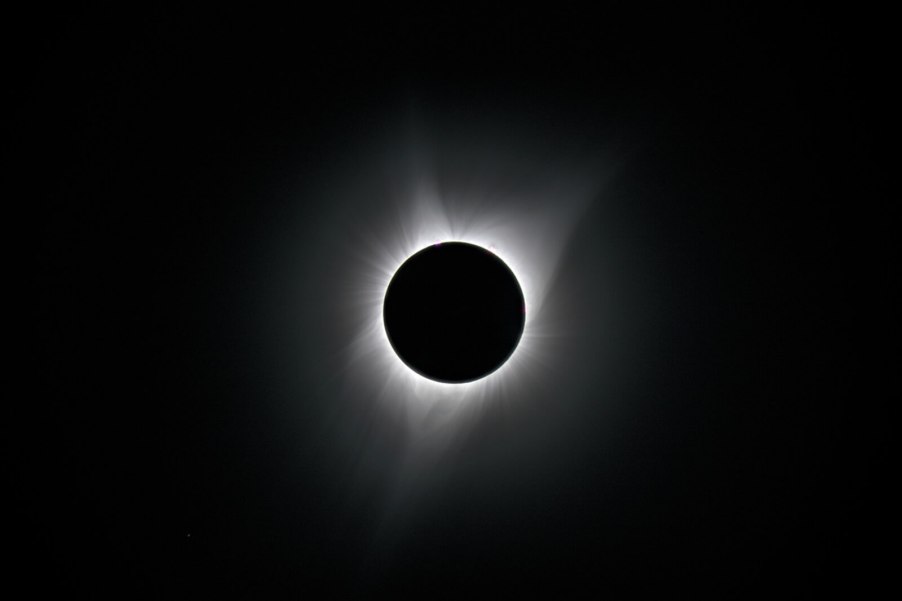
A Solar Eclipse Moves 1500 MPH, but 1 Plane Chased It for 74 Minutes
So there we were, watching the eclipse from a hilltop. After the magic of totality passed, someone asked, “Could you chase the eclipse on an airplane?” I was intrigued by the idea and disappointed when Google told me that the solar eclipse’s shadow races across the earth’s surface at 1,500 mph. But a bit more digging and I found that a group of scientists hung with the 1973 eclipse for a record-shattering 84 minutes aboard, you guessed it, the Concorde. This feat was even more miraculous, considering the Concorde’s top speed is just 1,350 mph.
With a totality up to seven minutes, the June 1973 solar eclipse over Africa was one of the longest in recent history. A group of scientists from a range of organizations (including Los Alamos National Laboratory, the Paris Observatory, Queen Mary University of London, and the University of Aberdeen) realized they might never again have as good a chance to observe the sun’s corona and chromosphere.
The scientists contacted Sud Aviation, and asked if Concorde 001 was up for chasing the eclipse. The plane’s builders said yes. But of course there was a major problem: the eclipse’s shadow moves at 1,500 mph while the Concorde tops out at Mach 2, or 1,350 mph. So the plan was to stay in the shadow just as long as possible. Sud Aviation actually cut holes in the roof of the fuselage and installed portholes for the scientist, then it began to chart a course and came up with another issue.

The path of the eclipse curves across the surface of the earth. But for the Concorde to turn, it would need to tip and interrupt the scientists’ view. And this would mess up their experiments.
There were a ton of additional problems, such as finding a runway in Africa that was long enough. Finally, they figured that missing the front edge of the shadow by arriving even a minute late would cut most of their eclipse run. Here’s how it all went down.
After the research teams outfitted the Concorde with their observation equipment, everyone climbed aboard and flew to the Spanish Canary Islands near the coast of Africa. The pilots tracked the weather and tweaked the takeoff time by just 20 seconds. After takeoff, they hit an unexpected headwind and actually pushed the plane past its redline to catch the moon’s shadow. But they hit the leading edge of the shadow over Africa within seconds of their target. At 55,000 feet, the Concorde disappeared into totality.
The plane then locked in a straight course that would essentially “apex” the curve of the shadow’s path. As it flew it drifted to the lower edge of the 90-mile-wide shadow, then back to the top edge, before finally falling behind the eclipse.
The flight went according to plan and the scientists aboard the Concorde were able to observe the sun hidden behind a total eclipse for an incredible 72 minutes. There won’t be another eclipse like the 1973 one for 200 years. Perhaps a group of observers will use an even faster plane to break the 72-minute record. But until then, the Concorde eclipse chaser flight will probably reign as the all-time champ.
See a simulation of the Concorde’s record-breaking eclipse flight in the video below:





